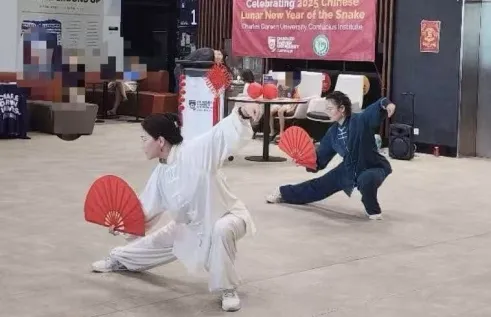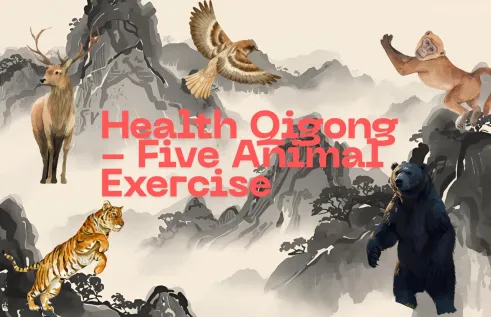RIEL seminar series
Developing conservation benefit-sharing mechanisms in Tanzania
| Presenter | Juma Kegamba | |
|---|---|---|
| Date/Time |
to
|
|
| Contact person |
RIEL outreach
|
|
| Location | Casuarina campus Yellow 1.1.39 | |
| Open to | Public | |
Benefit-sharing has been instrumental in empowering local communities living on the edge of protected areas to engage in natural resource management and enhance biodiversity conservation outcomes. Tanzania has various categories of protected areas managed by six main conservation institutions, each with different types of benefit-sharing mechanisms.
This research aims to investigate how institutional frameworks for wildlife conservation affect the distribution of benefits to local people in the Great Serengeti Ecosystem (GSE). In addition, this research will investigate whether Indigenous and other local people’s needs and values regarding conservation benefits vary according to a community’s social-economic system.
Understanding the types of benefits that conservation delivers, various mechanisms used to deliver those benefits, the outcomes for communities and the limitations of each mechanism, along with community aspirations and needs, may yet allow the development of culturally appropriate and acceptable benefit-sharing mechanisms that will support the sustainability, success, and longevity of conservation programs in the future.
My name is Juma Joseph Kegamba I’m originally from Tanzania where I serve as an Assistant Lecturer at the College of African Wildlife Management, Mweka. I hold a Master degree in Environmental Management from Charles Darwin University, Australia (2015-2016) and Bachelor degree in Wildlife Science and Conservation from the University of Dar es Salaam, Tanzania.
I worked as a Game Warden with the Tanzanian Wildlife Division in various game reserves for 8 years. I joined Mweka College as Tutorial Assistant in 2013. My principal research interests are within the fields of community engagement, biodiversity conservation, ecosystem services and human wildlife interface.
My PhD research investigates how conservation institutional frameworks affect distribution of conservation benefits to local people and what benefits are demanded and valued by indigenous people in the Great Serengeti Ecosystem, Tanzania.
Related Events

Tai Chi Kung Fu Fan
Join our Tai Chi Kung Fu Fan classes to learn a unique style of Tai Chi combined with other martial arts and dance movements! The classes run every Monday at 5.30 pm, from 26 January - 30 March.
Read more about Tai Chi Kung Fu Fan
Chinese kung fu classes for kids
Join our kung fu classes specialised for children. It’s more than just exercise—it’s a journey to a healthier, brighter, and more focused future for every child! The classes run every Monday at 5.30 pm, from 26 January - 30 March.
Read more about Chinese kung fu classes for kids
Health Qigong - Five Animal Exercise
The CDU Confucius Institute is offering Health Qigong - Five Animal Exercise workshops on the Casuarina campus every Tuesday from 5.00 pm - 6.30 pm, starting on 27 January to 31 March.
Read more about Health Qigong - Five Animal Exercise